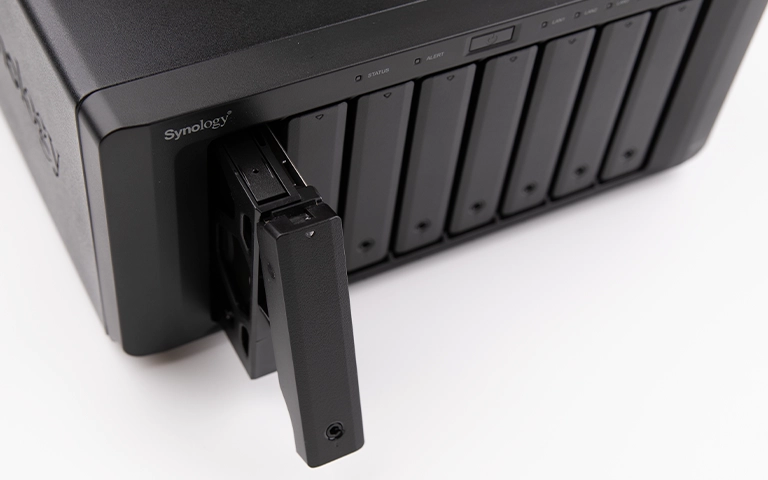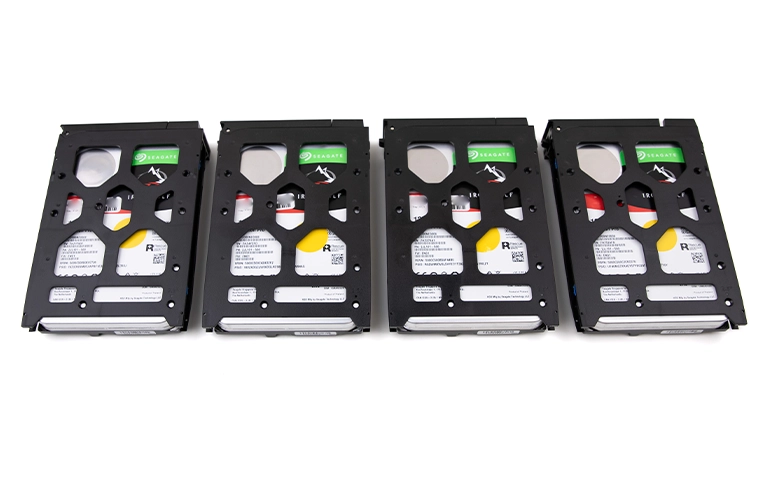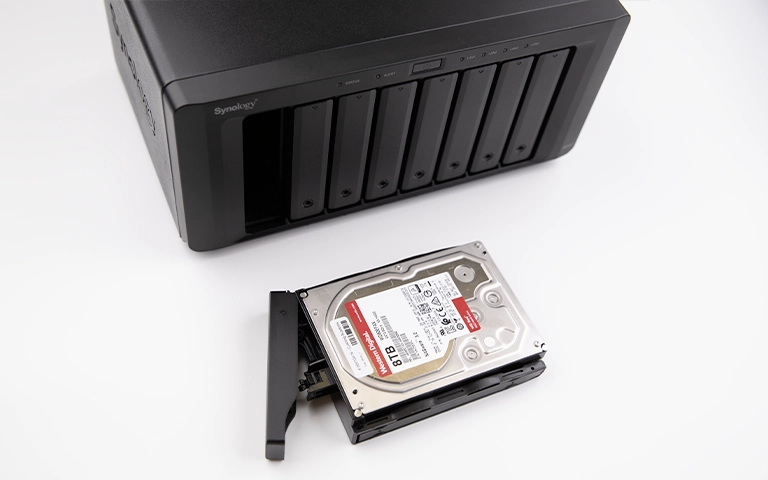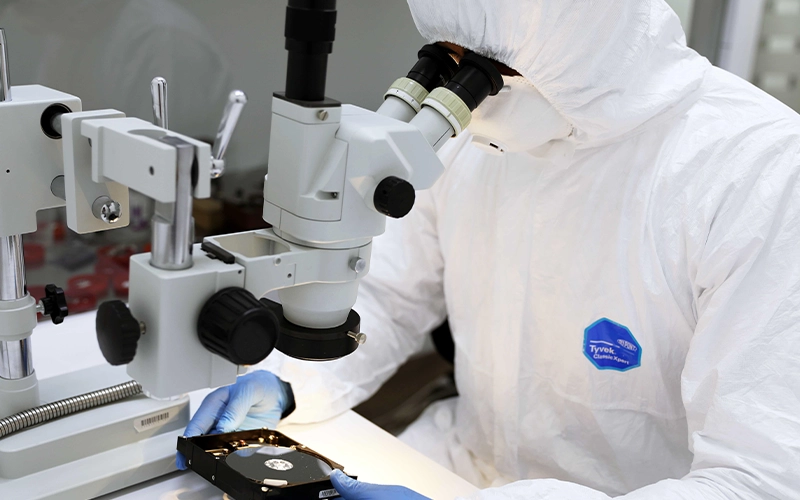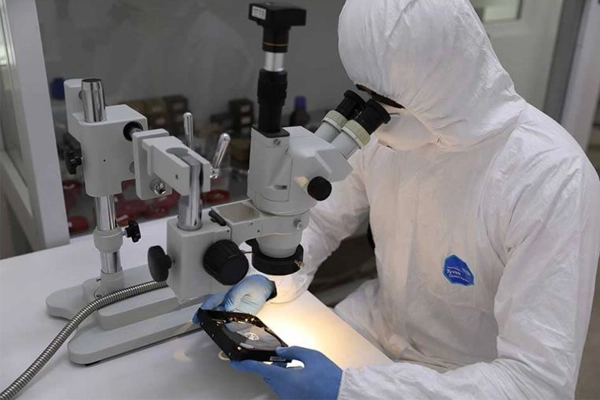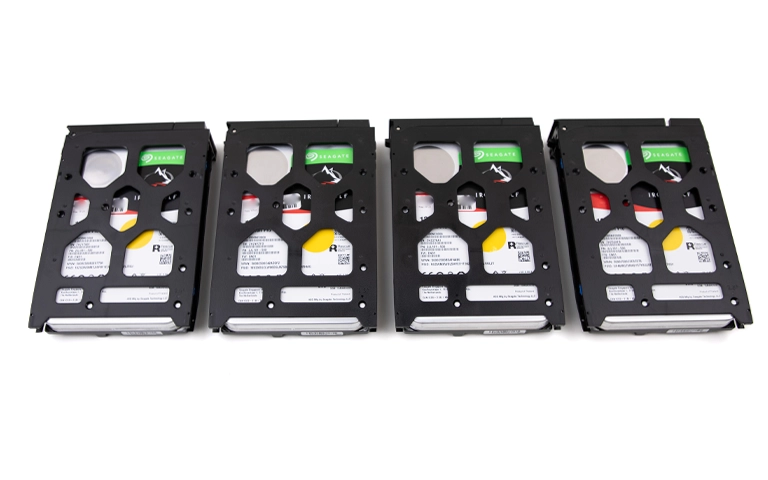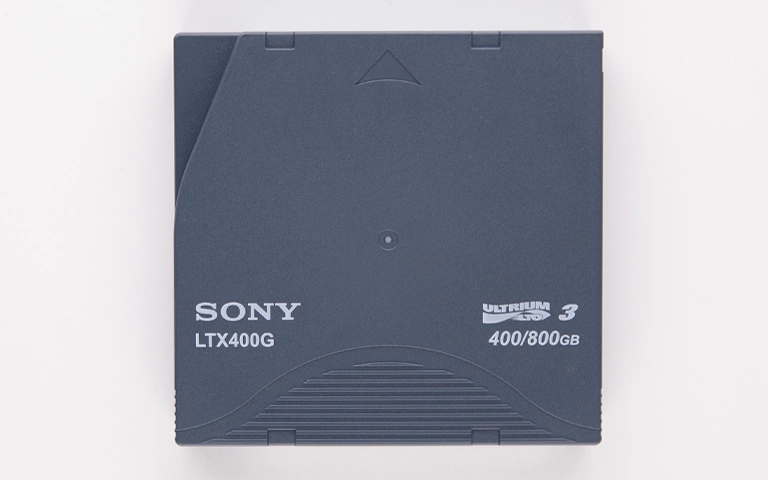A power surge, a sudden voltage spike, can significantly damage sensitive electronics like Synology Network Attached Storage (NAS) devices. If your Synology NAS stopped working or shows errors after a thunderstorm or power outage restoration, a power surge is the likely cause. This immediately jeopardizes data accessibility on the internal drives.
Attempting to power on or troubleshoot a potentially surge-damaged Synology NAS without understanding the risks can cause further hardware failure and complicate data recovery. This guide explains how power surges affect Synology units, outlines safe initial steps, and details why professional Synology NAS data recovery is often essential.
How Can a Power Surge Damage a Synology NAS?
A power surge can damage a Synology NAS by destroying the external Power Supply Unit (PSU) or internal power circuits on the motherboard. Less often, it damages internal drive PCBs or network components. This can prevent the NAS from powering on, booting, or connecting to the network, requiring professional diagnosis and recovery.
Excess voltage entering the Synology NAS can overwhelm circuitry. Common failure points include:
Power Supply Unit (PSU) Failure
Many Synology models use an external power brick or have an internal PSU. This component is the first line of defense against incoming surges from the wall outlet. A surge can destroy the PSU, preventing the NAS from receiving any power.
NAS Motherboard / Logic Board Damage
If the surge bypasses the PSU or is strong enough, it can damage components directly on the Synology’s main logic board. This includes:
- Power regulation circuits.
- CPU or System on Chip (SoC).
- Network interface controllers.
- RAM modules or slots. Damage here often results in the NAS being completely dead, failing to boot, or exhibiting erratic behavior like blinking blue lights or flashing orange lights.
Internal Hard Drive / SSD Damage
While less common than PSU or motherboard damage from a surge originating via the power line, it’s possible for a severe surge to affect the internal drives:
- Drive PCB Failure: The surge could potentially damage the Printed Circuit Board (PCB) of one or more internal hard drives or SSDs. This might render the individual drive(s) undetectable or dead. Recovery may require techniques used for dead hard drives.
- RAID Controller Damage (on Motherboard): Damage to the part of the NAS motherboard handling RAID operations can corrupt the array configuration.
Don't Let Data Loss Ruin Your Business
Minimize business disruption. We retrieve lost data fast, so you can focus on what matters.
Immediate Steps After a Suspected Power Surge
If you believe a power surge has affected your Synology NAS:
- Disconnect Power: Immediately unplug the NAS power adapter from the wall outlet and the NAS unit.
- Disconnect Network Cable: Unplug the Ethernet cable(s).
- Wait: Leave the device unplugged for several minutes (or longer) before attempting any further steps. Do not immediately try to power it back on.
- Check Other Devices: Did the surge affect other electronics on the same circuit? This helps confirm a likely surge event.
- Consider a UPS: For future protection, using an Uninterruptible Power Supply (UPS) with surge protection is highly recommended for NAS devices.
Do NOT repeatedly attempt to power on the Synology NAS if it failed immediately after a suspected surge. Each attempt could worsen electronic damage.
Can a Synology NAS Damaged by a Power Surge Be Fixed?
Fixing surge-damaged Synology components (motherboard, drive PCBs) usually requires advanced electronic repair beyond user capabilities. Replacing a failed external PSU is possible. However, repair attempts risk data loss. Professional data recovery should precede attempts to fix the NAS hardware if data is critical.
Get a Free Consultation.
Our recovery experts are ready to assess your device and guide you through the safest path to recovery. Fill out the form to get started.
"*" indicates required fields
Why DIY Fixes Are Risky for Data Recovery
Attempting to troubleshoot or repair a surge-damaged NAS yourself can jeopardize your data:
- Risk of Further Electrical Damage: Powering on a unit with damaged components can cause cascading failures or shorts.
- RAID Complexity: If internal drives are affected or the RAID configuration is compromised, actions like swapping drives, attempting rebuilds without proper diagnosis, or initializing disks will lead to data loss. Synology Hybrid RAID (SHR) adds further complexity. Understanding RAID data recovery principles is key.
- Internal Drive Issues: If individual drives suffered PCB damage, they require specialized recovery techniques (like ROM transfer) that cannot be performed DIY. Opening drives outside a cleanroom causes contamination.

DIY Recovery
Risks permanent data loss
Let the Specialists Handle It
DIY attempts often result in permanent data loss. Our certified recovery specialists use advanced tools in controlled environments for the highest success rate.
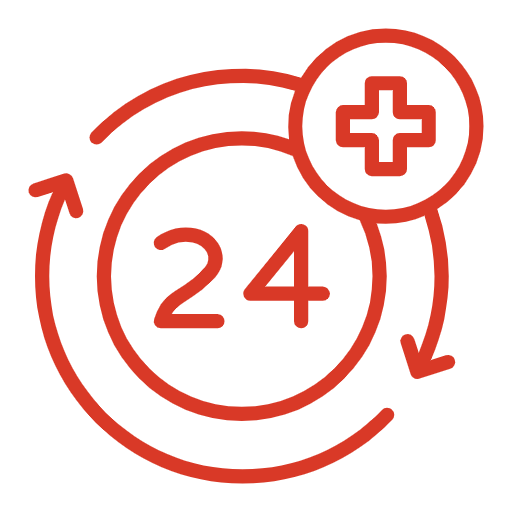
24/7 Emergency Service
Professional Data Recovery for Surge-Damaged Synology NAS
When a Synology NAS fails after a power surge and data access is critical, professional data recovery services are essential.
How Professionals Recover the Data
- Hardware Diagnosis: Test PSU, motherboard, and each internal drive to pinpoint surge damage.
- Component Repair/Bypass (If Needed): Attempt safe repairs on NAS/drive electronics specifically for data access (distinct from full repair). Replace failed external PSU.
- Individual Drive Imaging: Create sector-level clones of each NAS drive, especially if the unit is non-functional.
- RAID/SHR Reconstruction: Virtually rebuild the original array from drive images using specialized tools and analysis, bypassing damaged NAS hardware.
- Data Extraction: Copy user files from the reconstructed volume to healthy media.
Our standard data recovery process ensures methodical handling.
Industry-Leading 99% Success Rate
PITS Data Recovery specializes in Synology NAS power surge recovery. Our engineers understand Synology hardware, DSM, and complex RAID/SHR configurations (RAID 0, 1, 5, 6, 10, SHR), using advanced techniques for electronic damage and array rebuilding.
Recommended Actions for Your Surge-Affected Synology NAS
Keep It Powered Off: Leave the NAS unplugged.
Do Not Swap Drives Randomly: Resist the urge to rearrange or replace drives without expert guidance, as this can destroy RAID configurations.
Document Details: Note your Synology model, number of drives, RAID type (if known), and the circumstances of the power surge.
Contact PITS Data Recovery: Explain the situation clearly (Synology NAS failure after power surge). We provide expert evaluation and recovery services.
Conclusion: Prioritize Data Safety After a Synology Power Surge
Power surges pose serious risks to Synology NAS devices. Attempting repairs or powering on a potentially damaged unit risks further harm and data loss, especially with RAID configurations.
When your Synology NAS fails after a power surge, prioritize data recovery. Professional services like PITS Data Recovery have the expertise to diagnose surge damage, handle drives safely, and reconstruct RAID/SHR arrays to retrieve files. If your Synology NAS suffered a power surge, contact us for evaluation. Explore: NAS Data Recovery Services.
Your Data Security Is Our Priority
Data privacy isn’t optional. It’s our commitment. Our secure recovery process ensures your sensitive information stays protected from start to finish.
HIPAA Compliant
GDPR Compliant
Secure Facility
NDA Available
Trust in certified security. Start your recovery today! Call Now: 888.611.0737

